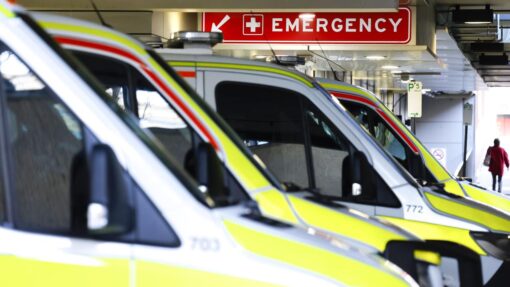Temporary migrants win wage rise, residency in shake up
Farid Farid and Tess Ikonomou |

Wages for temporary skilled migrants will be raised by about $16,000 and thousands will be eligible for permanent residency by the end of the year under a major overhaul of Australia’s “broken” system.
Home Affairs Minister Clare O’Neil announced the reforms in a National Press Club address on Thursday.
“These two changes show we’re serious about the reform agenda ahead,” she said.
“We are a truly great country with a fundamentally broken migration system, so just imagine what we will be able to achieve when we get this powerful engine working again in the national interest.”
A review found the migration program “not fit for purpose”, failing to attract the most skilled people and not giving businesses efficient access to workers.
The system created an environment ripe for exploitation and the risk of an “emerging permanently temporary underclass”.
Frozen since 2013, wages will be increased from $53,900 to $70,000 under the Temporary Skilled Migration Income Threshold from July 1.
Ms O’Neil said the government would work towards a three-tiered skilled migration system for the first time.
The model would firstly create a highly skilled stream with fast turn-around times.
In the middle stream, decision-making will be linked to Jobs and Skills Australia to ensure a data-driven approach.
A final pathway will address chronic shortages in the lower-paid care sector.
Ms O’Neil said the points test would be reformed to actively recruit highly skilled migrants by setting up a new area in the Home Affairs Department, which will work with a newly-formed Jobs and Skills body.
She said hundreds of visa categories and sub-categories would be reduced and simplified.
Migration agents duping international students will also be highly scrutinised.
In her address, Ms O’Neil railed against a “decade of genuinely breathtaking neglect” of the migration system.
“Our economy is stuck in a productivity rut and Australians are suffering because of it. Migration can help us change that,” she said.
But when asked about specifying numbers and whether the changes would open the door for mass migration, Ms O’Neil cautioned she was “not someone who advocates for a big Australia”.
“The focus of this task is not about more people. It’s not a bigger program and the likely impact … is probably a slightly small migration program over time.”
Former senior public servant Martin Parkinson, who led the expert panel, said the system wasn’t doing the job it was supposed to.
There are now more than 1.8 million temporary migrants in Australia with the right to work, with many facing “tangled” and lengthy pathways to permanent residence.
Dr Parkinson said for employers in tech-based industries, the skills list was out of date and was compiled when many new jobs had not yet been created.
The report, which handed down 38 recommendations, warned Australia risked falling behind other developed immigrant countries such as Canada and faced more global competition for highly skilled migrants.
The policy shake-up was lauded by several business groups including from the technology, transport and tourism sectors, along with unions, universities and migrant advocacy bodies.
Opposition Immigration spokesperson Dan Tehan said he wanted the government to confirm whether it had considered the impact of raising the income threshold for temporary migrants for areas outside the capital cities.
“We do think it will have an impact in rural and regional Australia and in particular, in those care sectors where we need people,” he told Sky News.
AAP


